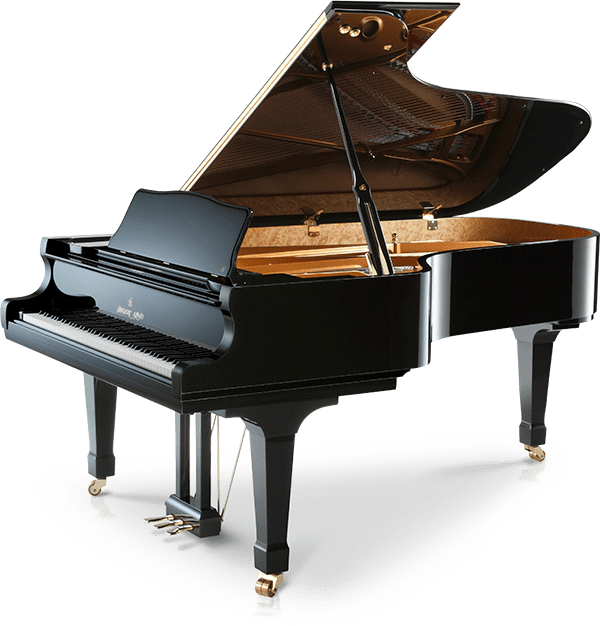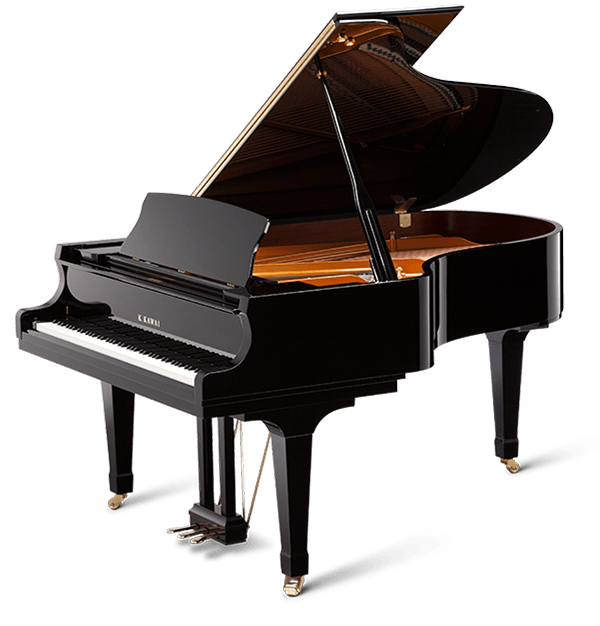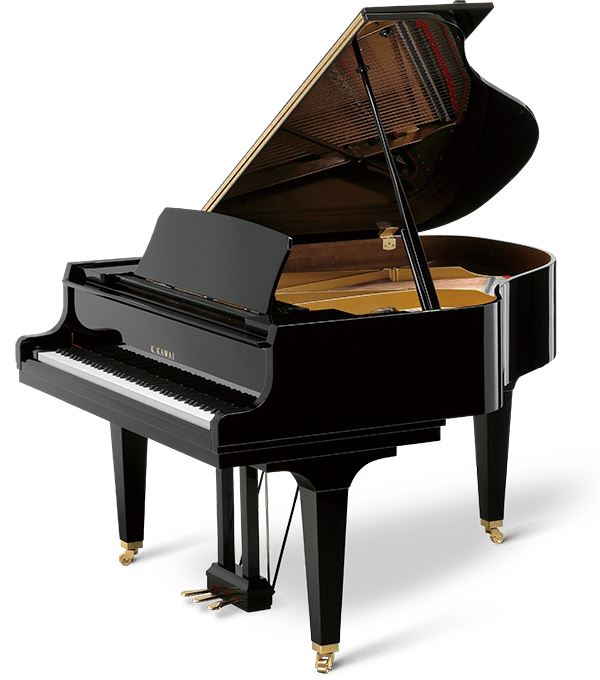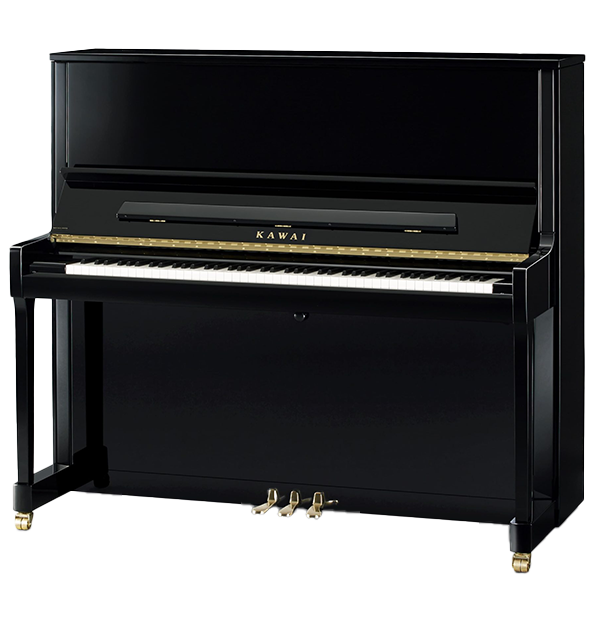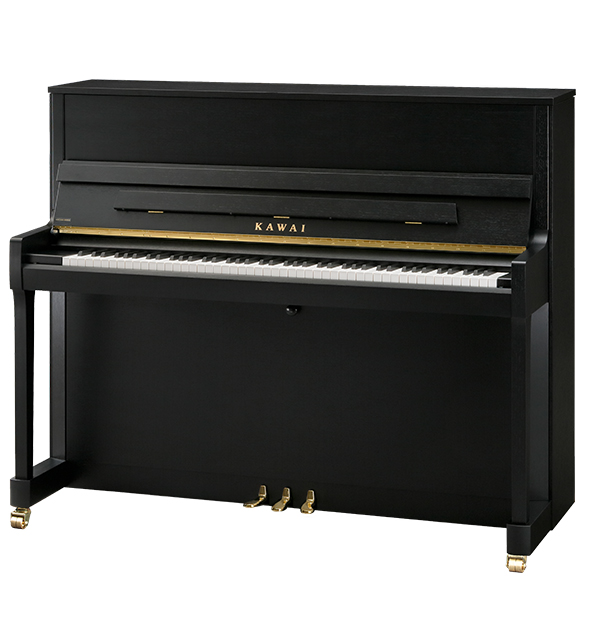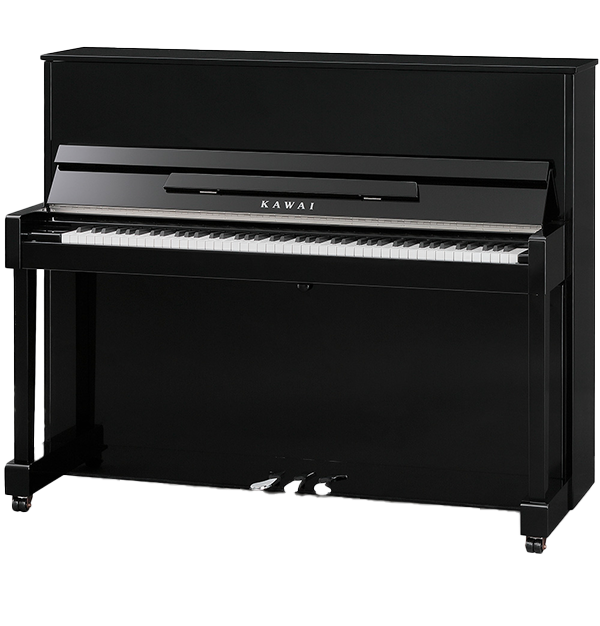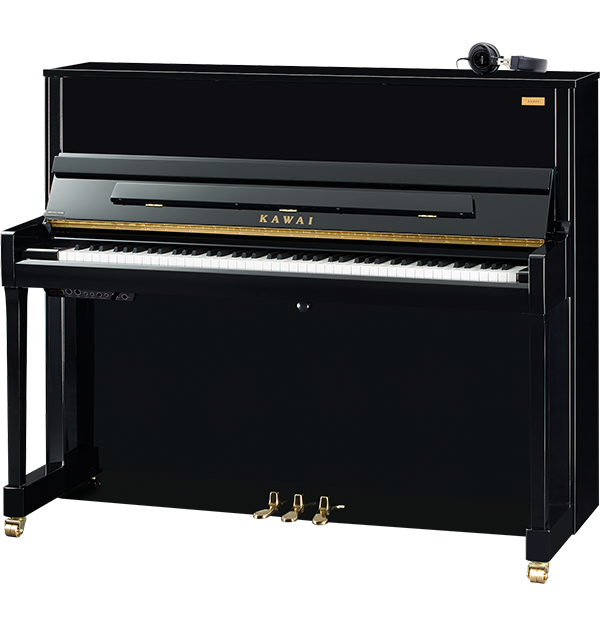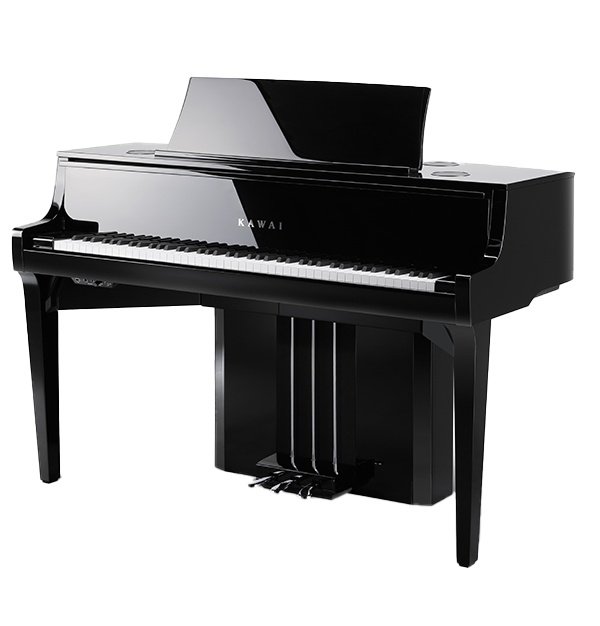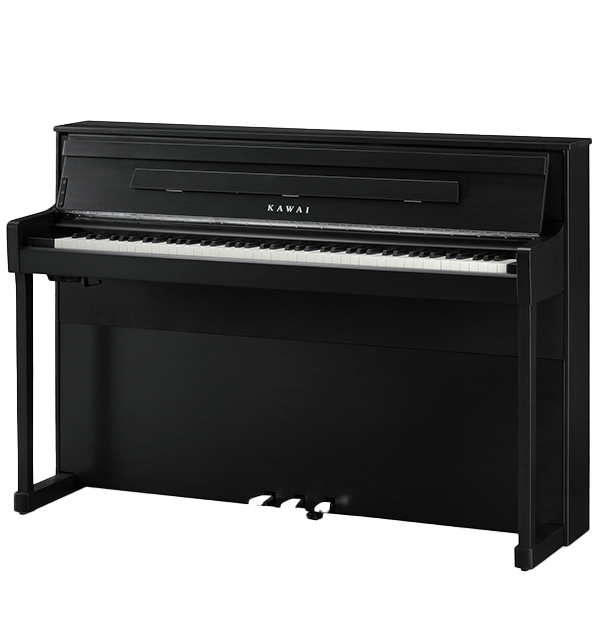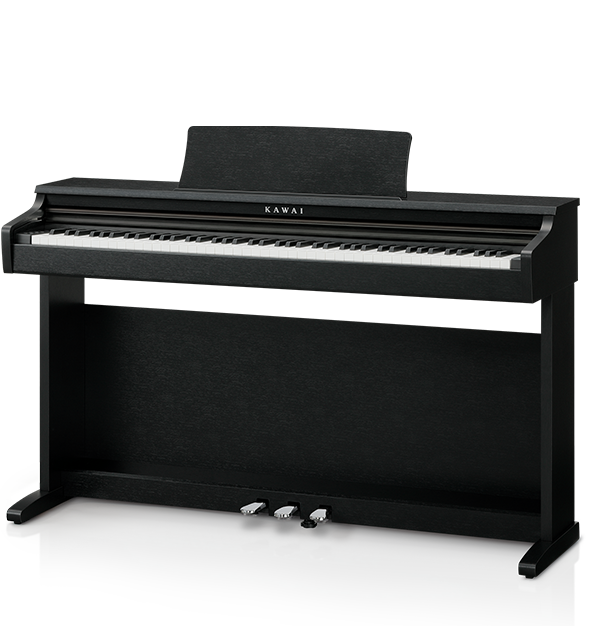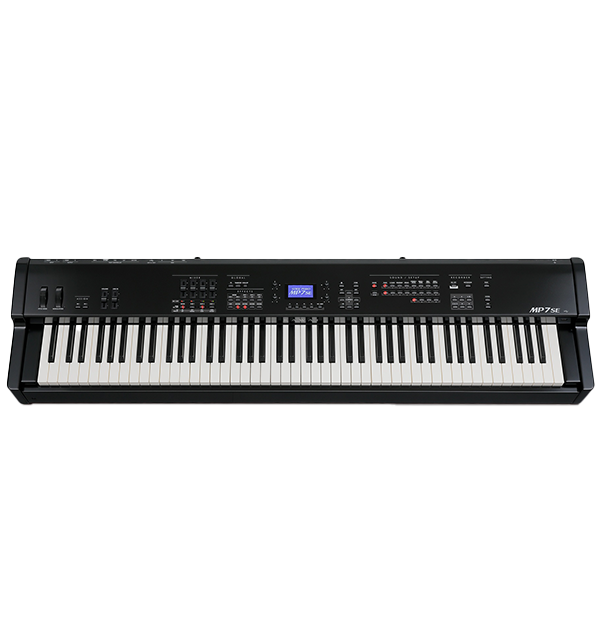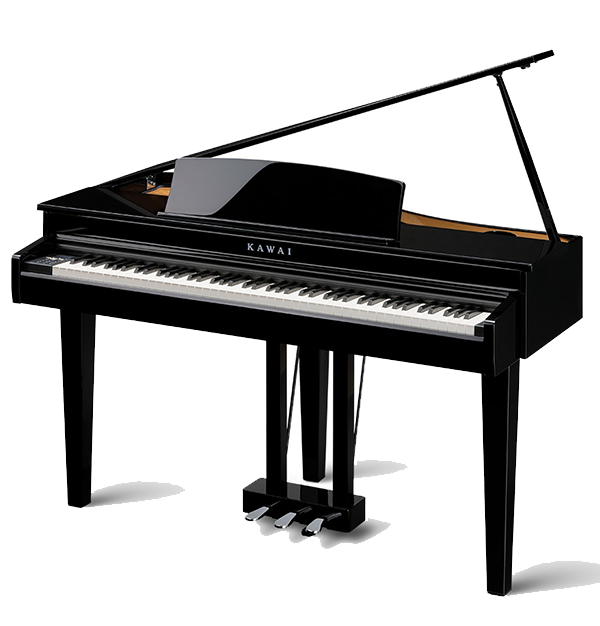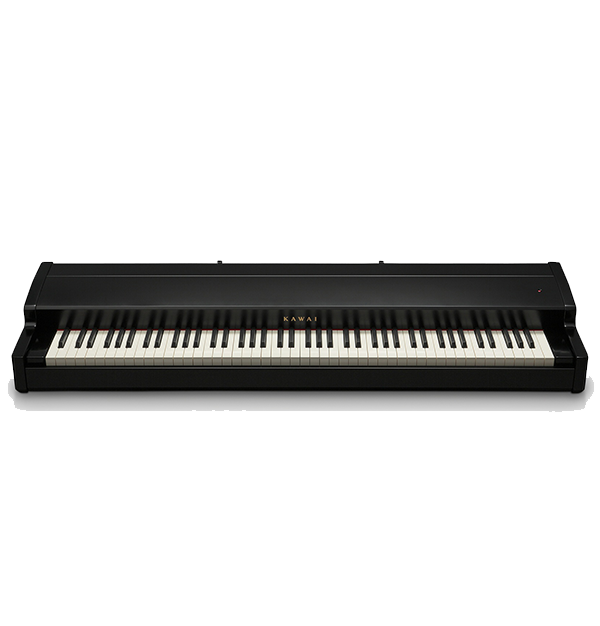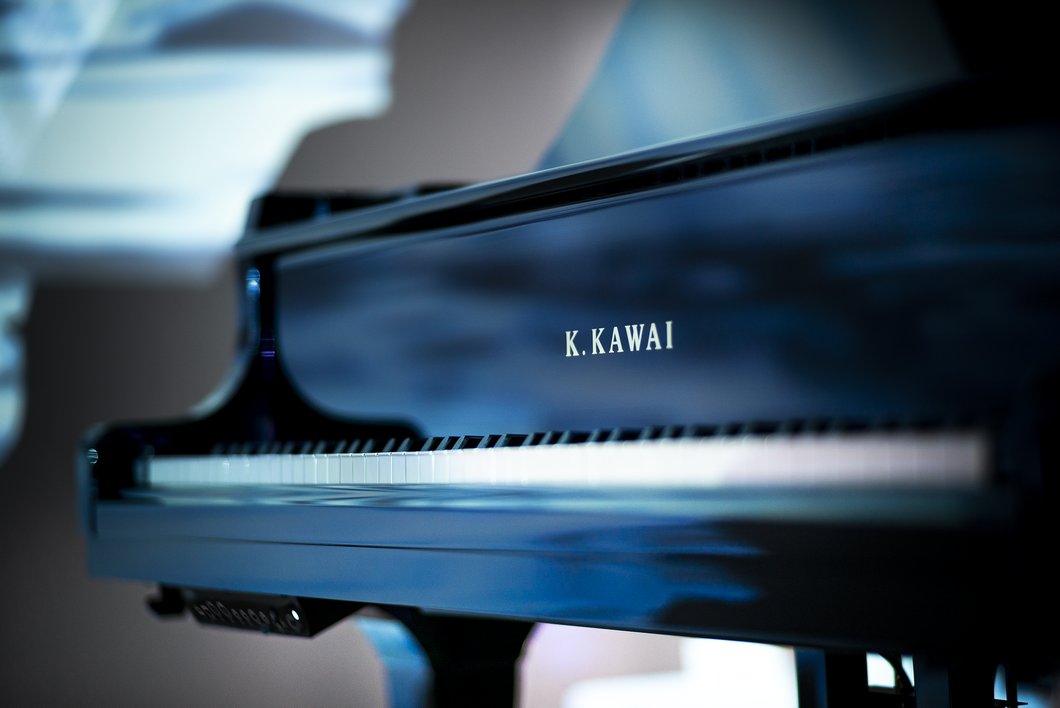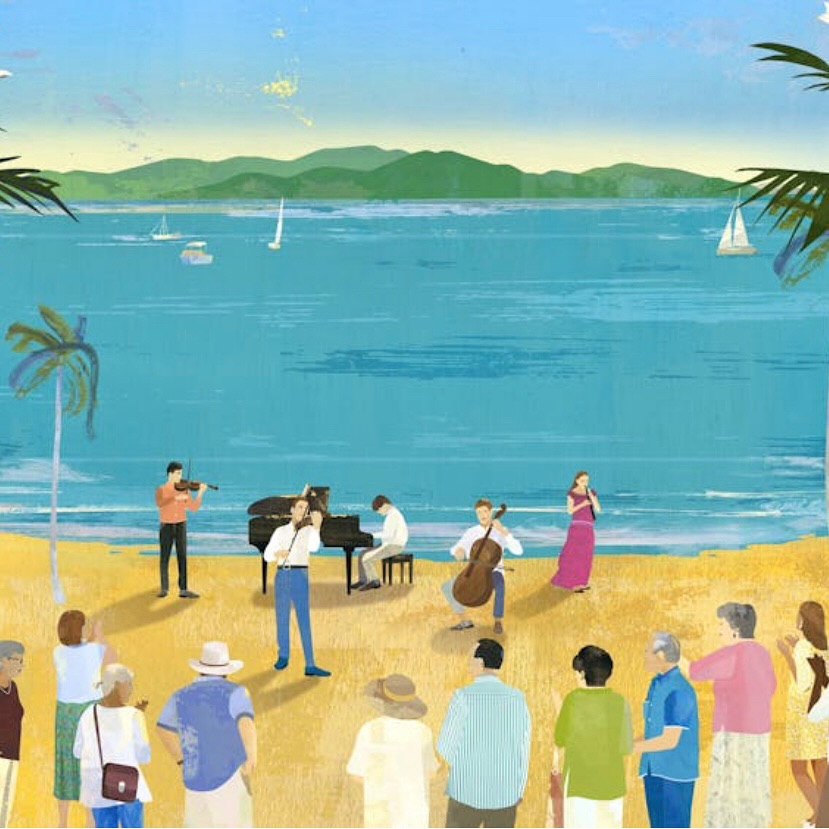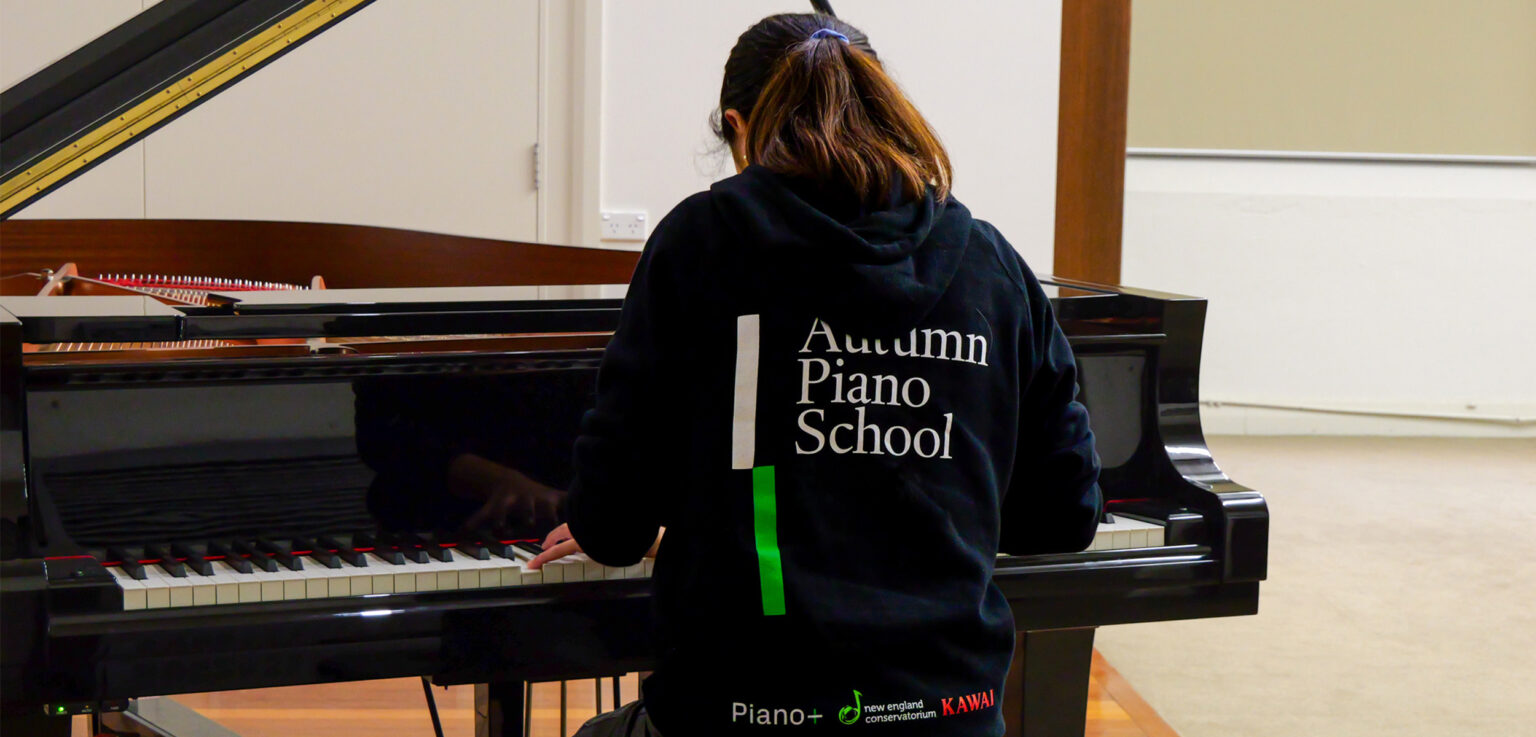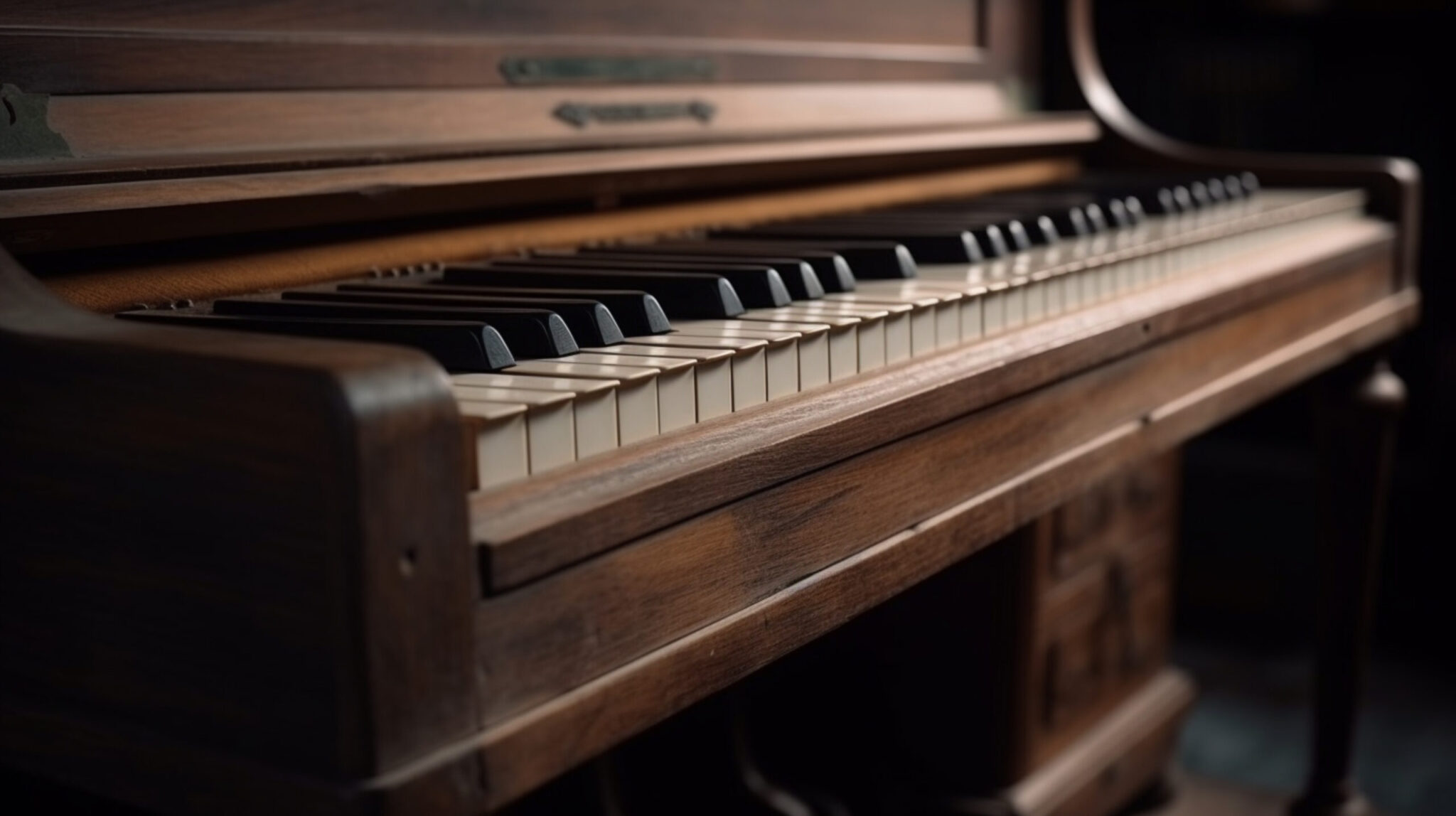
How long can a piano last?
Pianos are incredibly durable instruments. However, a piano, like everything, has a lifespan. Pianos reach the end of their effective life as working parts wear out and develop problems that become expensive to fix or maintain. Eventually, piano maintenance starts to overcapitalise on the value of the asset and old technology becomes superseded by new innovations.
What are the signs of an aging piano?
There are a few tell-tale signs that your piano is reaching the end of its effective lifespan. Here we outline these signs of an aging piano, so that you can better self-diagnose the health of your instruments.
Deep grooves in piano hammers
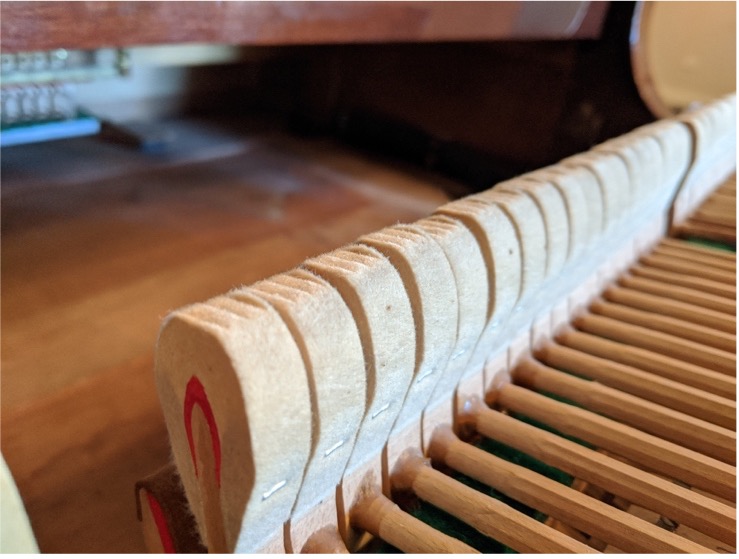
Over time, constant use will lead to deep grooves forming at the contact point where the hammer hits the strings. These grooves result in a less resonant sound and reduced dynamic range, hindering students’ ability to develop proper tone and expression. The compression of the hammer at the contact point also increases the likelihood of string breakage.
Loose key bushings on balance pins
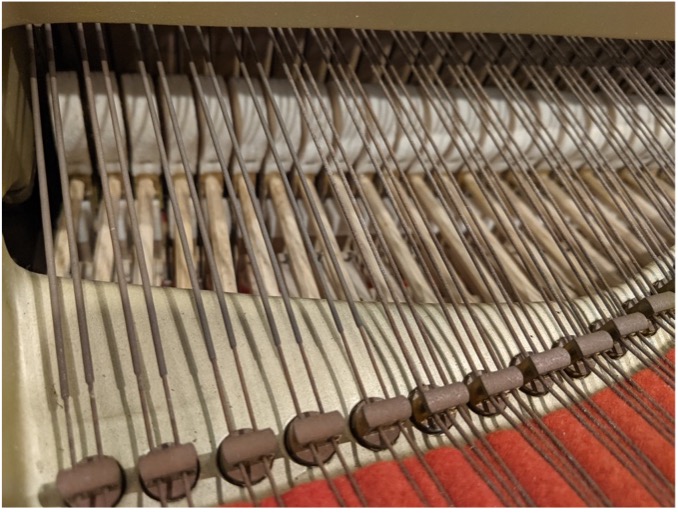
Keys that wobble, feel unstable, or even ‘clack’ into neighbouring keys can indicate that the felt around the balance pins has become loose or worn. This can make playing feel uncomfortable (like running in shoes that are too big), which can negatively affect playing technique. Wiggling keys side-to-side can help indicate loose key bushings.
Oxidised key leads
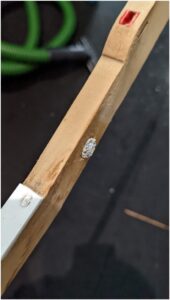
The leads in a piano’s keys can oxidise with prolonged exposure to high humidity, leading to an uneven or sluggish key response. This can make it challenging to play, and in some cases, results in sticking keys that are unable to be fixed without major ‘piano surgery’. Oxidising leads are a death sentence for a piano action, and it is only a matter of time before the keyboard will be rendered unusable.
Rust on strings
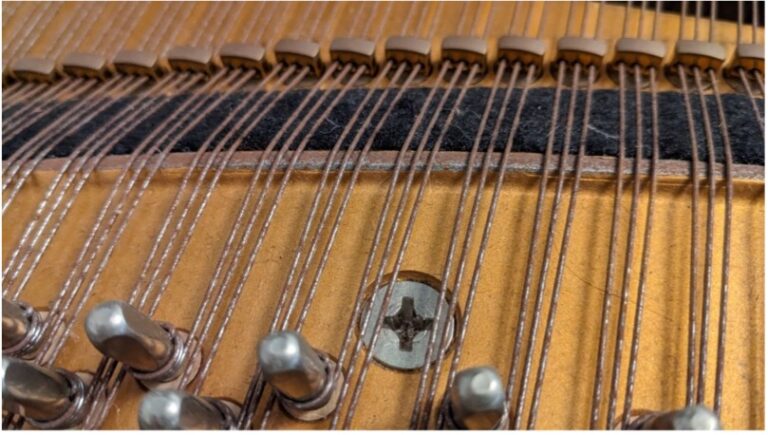
Rusty strings cause tuning instability and a dull, lifeless tone. Rust also indicates a potentially humid environment, which will have negative effects on other parts of the piano. Rust can be cleaned to some extent, but the overall effect increases the likelihood of string breakage.
Lack of tuning stability
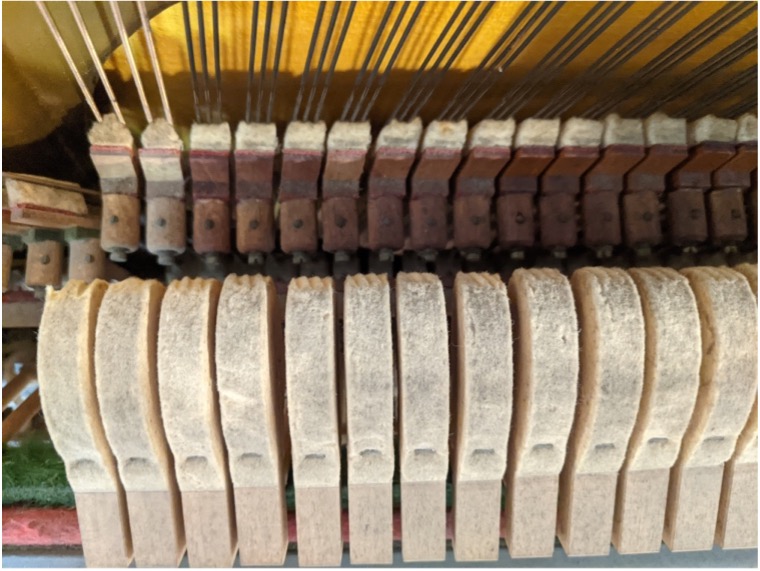
If a piano requires constant tuning or struggles to maintain its tuning, it may be a sign that the pinblock is no longer gripping the tuning pins at a satisfactory level. A piano that doesn’t stay in tune is uninspiring to play and is not an enjoyable experience for teachers and students alike; it is also a money pit.
Special thanks to Hong Lam, certified Kawai piano technician, who provided images and value insights for this article.
Do you see any of these signs of aging in your piano?
Many of these above issues can be fixed by a piano technician, although this is often a temporary solution and can be both expensive and time consuming. Replacing hammers, key bushings, key leads, strings, or the pinblock in a piano is major work, and depending on the age of the instrument, will often cost more than the piano is worth.
The frequency and duration of playing hours are among the largest contributors to a piano’s longevity. With hours of playing from teachers and students each day, the odometer on a piano runs out more quickly than an average home piano.
In a similar sense, we would all like to think our car will last forever, but eventually it becomes more expensive to maintain and no amount of servicing will keep it running reliably. The same is true of pianos as they near the end of their effective lifetime.
Tips on how you can increase the lifespan of your piano
We asked one of our piano technicians for common Dos and Don’ts for pianos in a school environment.
Avoid rapid changes in temperature and humidity as much as possible.
Keep pianos out of direct sunlight and away from air conditioning vents – a stable, climate controlled environment is best.
Have a regular maintenance plan in place. New pianos will need more frequent tunings (every six months) for the first year of its life, and at least once a year after that. Try to pick a more stable part of the seasonal cycle for your tuning time – avoid the middle of summer and winter.
Avoid pushing pianos across door lips, as there is a high chance of breaking strings.
Padded piano covers can help regulate the temperature slightly, and can minimise malicious or accidental damage to the interior/exterior (consider lockable covers for naughty students).
Is it time to consider getting a new piano?
Explore our piano range, or visit a Kawai Retailer to try in store.
Are you an educator or educational institute? Speak with Andrew, our head of education partnerships. Email Andrew on andrew@kawai.com.au. or call our team on 1300 1 KAWAI (1300 1 52924).
Prepared by Hugh Raine.
